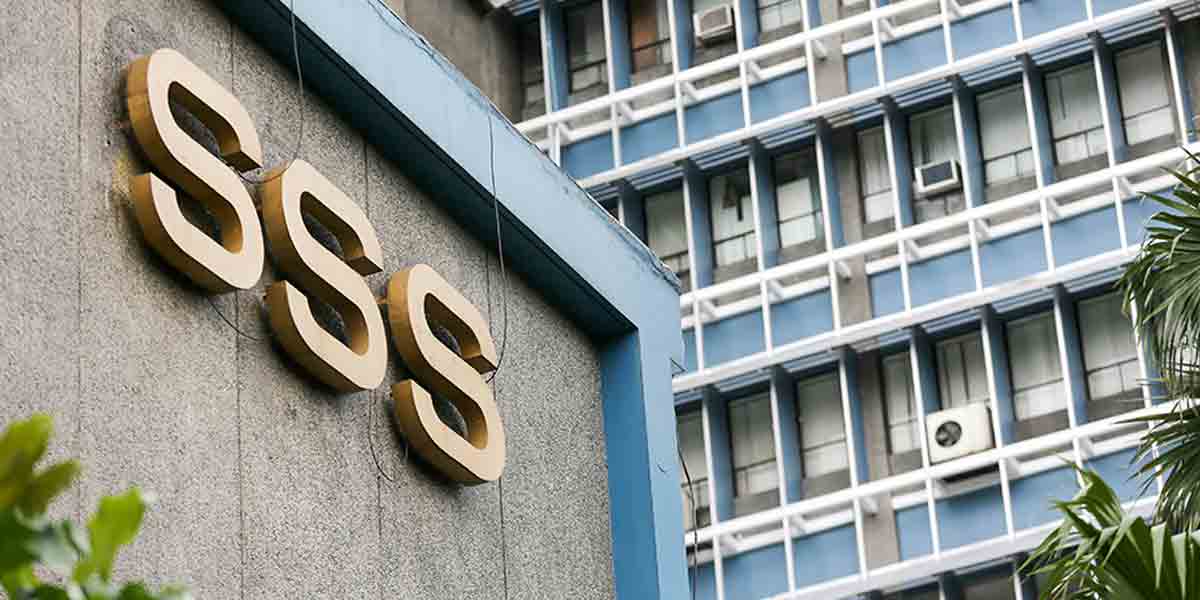
Up to 80% of children with autism spectrum disorder (ASD) have insomnia, which can impact negatively on their own and their families’ wellbeing, but fortunately there are several interventions and strategies that can help, says an expert from Cleveland Clinic Children.
ASD is a life-long disorder of the nervous system caused by genetic, metabolic, or other biological factors. According to the World Health Organization, around 1 in 160 children worldwide has ASD.
“Insomnia is significantly more common in children with ASD compared with the general pediatric population, and also persists for a longer period, carrying through to adolescence and adulthood if left untreated,” says Cynthia Johnson, PhD, Director of Cleveland Clinic Children’s Center for Autism and Professor of Pediatrics.
Among the many factors that may contribute to the increased risk of insomnia in children with ASD, says Dr. Johnson, are behavioral features such as rigidity and insistence on sameness, impaired communication, anxiety and hyperactivity. Biological risk factors such as heightened arousal, differences in brain development, altered melatonin secretion or mutations in genes that affect circadian rhythms can also have an impact. In addition, clinical factors such as untreated gastrointestinal problems and adverse medication effects can also complicate sleep disturbances, she says.
Commenting on the impact of insomnia on a child, Dr. Johnson says, “Sleep plays an important role in the growth, development and wellbeing of children. Studies have shown a lack of adequate, quality sleep can have negative effects on attention, daytime behavior and the regulation of emotions, and could even impact children’s cardiovascular, metabolic and immune systems.”
In addition to the child, the family will be impacted, Dr. Johnson adds. “The child’s insomnia can affect other family members’ ability to function because, if the child is not sleeping, everyone’s sleep can be disturbed. This adds to parental stress in the long term, with parents dedicating a great deal of time to strategizing on how to get the child to sleep.”
Dr. Johnson says the way insomnia presents in children with ASD varies from child to child. “Sleep problems may be irregular, cyclical or constant and they can take many forms. For example, the child might resist bedtimes, or insist on elaborate bedtime routines, or might have difficulty falling asleep or staying asleep, or the child might wake up too early,” she explains.
Similarly, interventions are not ‘one size fits all’ says Dr. Johnson. “As each child responds differently to treatment strategies, parents should work together with an expert in ASD sleep disorders and behavioral interventions. The aim is to approach the problem collaboratively and systematically, exploring the day and nighttime routines of the child and family, and testing various preventative and skill-building strategies until the best solution is found.”
Dr. Johnson points out that treatment approaches are continuing to evolve, and new therapies have been found over the past decade and a half. Behavioral-based approaches involve environmental modification, establishment of stimulus control, skill building and leveraging principles of reinforcement. Short-term use of medications such as melatonin supplements might also be considered, she says.
The good news, concludes Dr. Johnson, is that several research projects that she has been involved in show that behavioral strategies can make a significant difference in reducing insomnia, and many of the strategies can be successfully delivered by the child’s family.



















